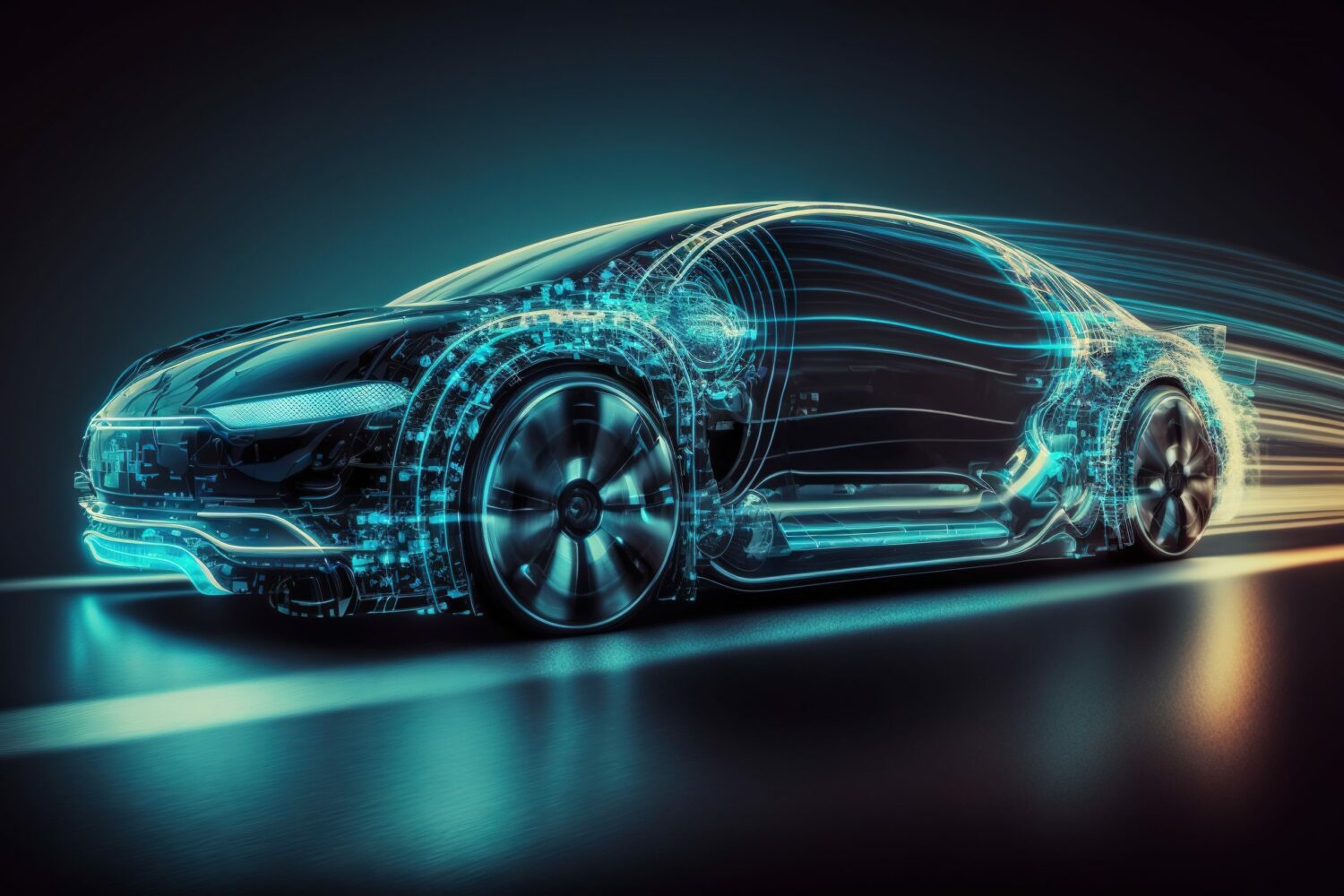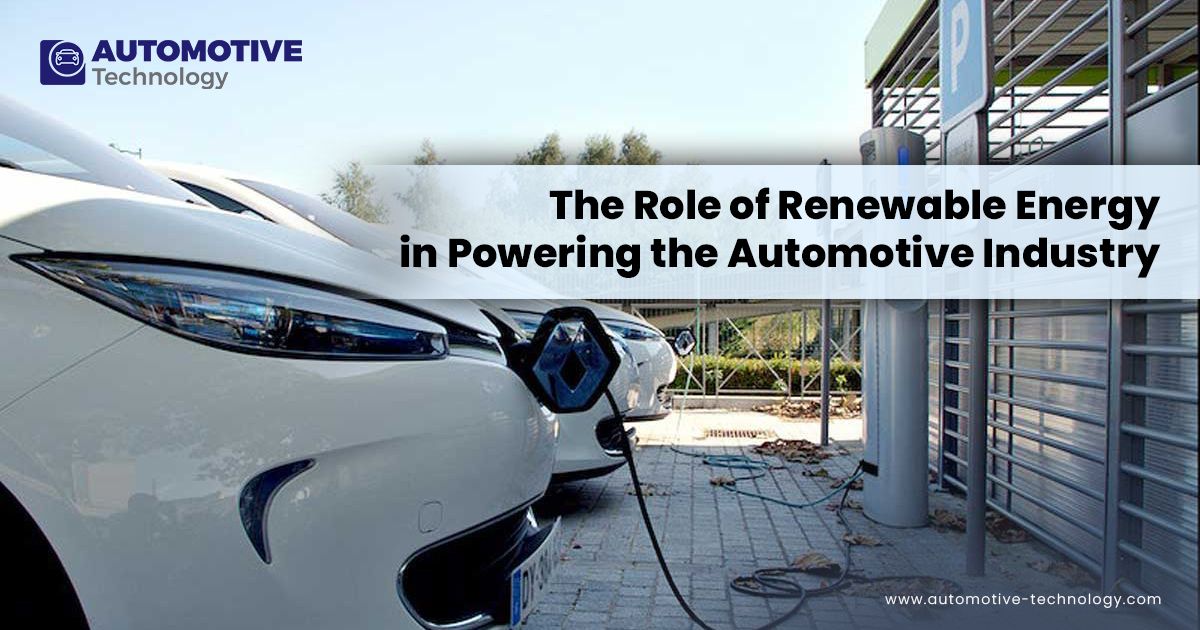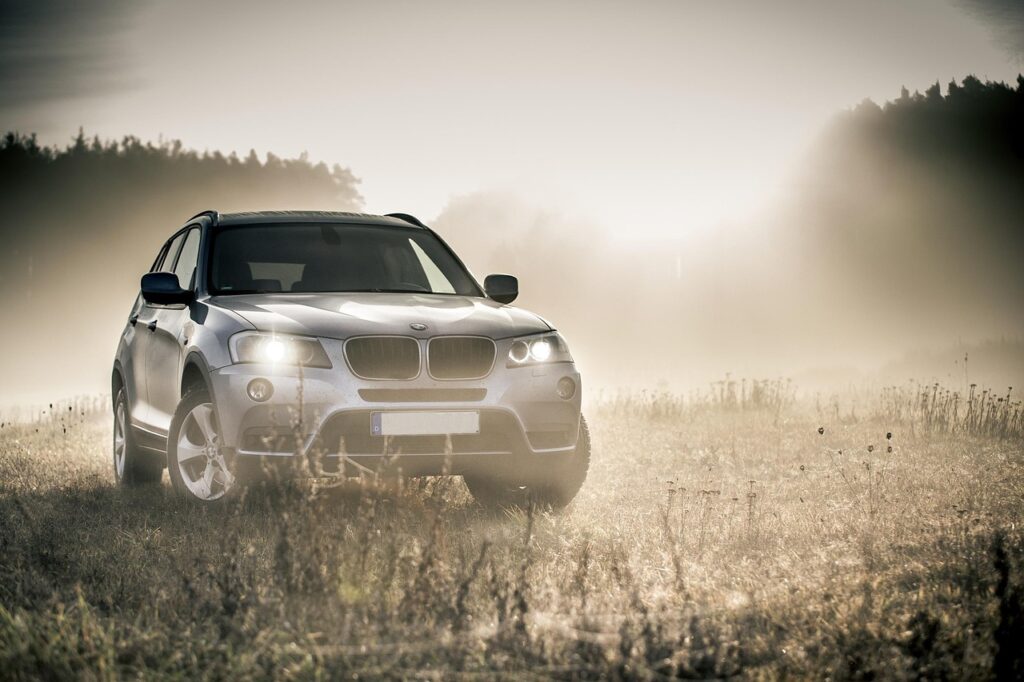
Every time you step into a car, you’re placing trust in the machine, the manufacturer, and the many layers of testing that stand between you and disaster. While most people buy cars based on looks, speed, or brand loyalty, safety is a silent deal-breaker—or at least, it should be. It’s a truth often learned only after the worst has happened, but thankfully, a dedicated army of engineers works tirelessly to ensure that moment never comes for most of us, constantly pushing the boundaries of vehicle protection.
Behind the polished metal and luxurious interiors are thousands of hours of testing, simulation, and crash analysis. Governments and independent organizations like the IIHS (Insurance Institute for Highway Safety) and NHTSA (National Highway Traffic Safety Administration), along with the European New Car Assessment Programme (NCAP), conduct rigorous crash tests to evaluate how well a vehicle can protect its occupants in real-life collisions. These institutions have two primary goals in mind: to be certain that you are informed of how well a car performs in a crash, and to help advance vehicle safety further, continuously refining standards and challenging manufacturers.
Sometimes, the results of these tests can be controversial. Just recently, the all-new Dacia Jogger earned a one-star rating in the Euro NCAP test despite not being directly tested, simply because of its similarity to another model. On other occasions, a car might look like a ‘pile of metal’ after an impact but receive top scores due to precisely engineered crumple zones that dissipate energy effectively. But when a car truly shines or spectacularly fails, the reactions from engineers and safety advocates are genuine. To ace a crash test means a car has been engineered from the inside out to absorb damage, redirect forces away from passengers, and maintain cabin integrity. In contrast, to fail a test miserably often means catastrophic weaknesses—crumpling passenger cabins, critical airbag failures, or even ejection risks. This isn’t about brand-bashing or marketing hype—it’s about facts, test results, and what happens when cars are put through one of the most important trials of all: the crash test.
In this deep dive, we’ll explore both ends of the spectrum, showcasing five cars that stood out for all the right reasons in crash tests, proving that human life can indeed be prioritized in design. We’ll then look at five others that, unfortunately, earned notoriety for their poor safety results. Each vehicle comes with its own story, highlighting the importance of design decisions, engineering integrity, and real-world implications. So, buckle up, because we’re about to explore the fascinating — and sometimes genuinely disappointing — world of automotive crash testing.
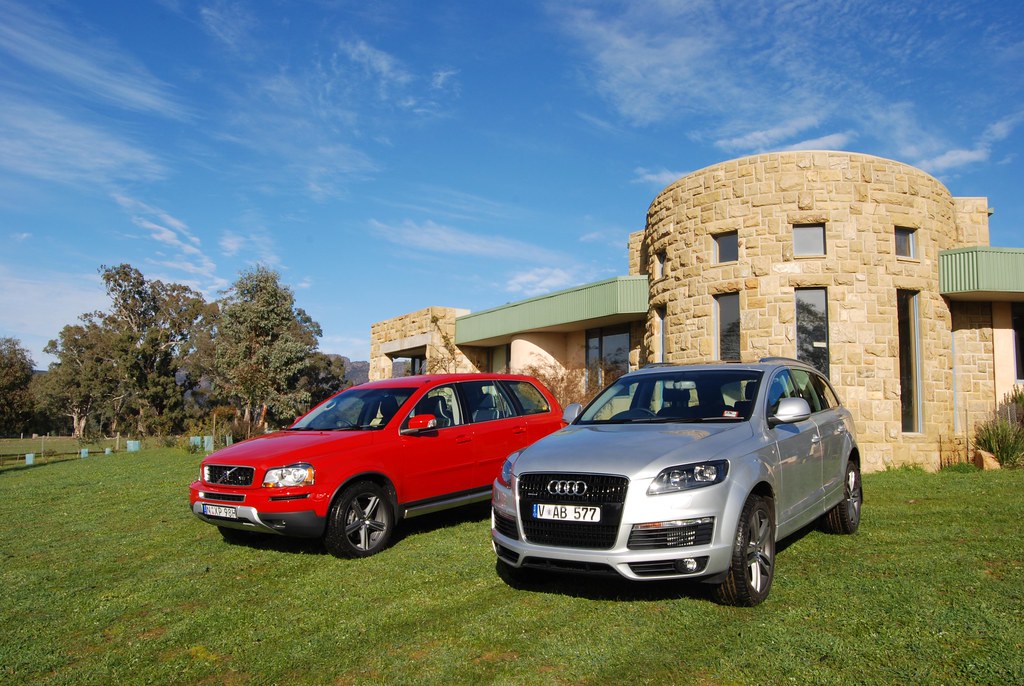
1. **Volvo XC90**
Volvo has long been a name synonymous with safety, and nowhere is this more evident than in the Volvo XC90. As the company’s flagship SUV, the XC90 embodies decades of unwavering commitment to safety innovation, meticulous engineering, and life-saving design. It has consistently scored the highest possible marks from the world’s most respected crash testing organizations, including the IIHS and NHTSA, setting a benchmark for others to follow.
When subjected to small overlap front crashes, arguably one of the toughest tests due to the minimal surface area of contact, the XC90 shows barely any compromise in passenger protection. This type of collision severely challenges a vehicle’s structural integrity. The XC90 is also a standout in side-impact tests, where even the force from a large SUV or pickup truck colliding into its side doesn’t deform the cabin significantly. The interior remains stable, test dummies sustain minimal injuries, and airbags deploy exactly as designed, enveloping occupants in a protective bubble milliseconds after impact.
A large part of the XC90’s exceptional crash performance stems from Volvo’s strategic use of advanced materials and a meticulously planned structural layout. The SUV is built with a high percentage of hot-formed boron steel, one of the strongest types of steel available for vehicle manufacturing. This material is particularly effective in resisting deformation and maintaining the shape of the passenger compartment, even during intense collisions. Furthermore, the vehicle is equipped with multiple, strategically engineered crumple zones designed to absorb and distribute impact forces away from the cabin, ensuring that crash forces do not reach passengers in catastrophic ways. In roof crush tests, where a vehicle experiences rollover pressure, the XC90’s roof supports more than five times its own weight, placing it far above industry minimums.
Beyond brute strength and crumple science, the XC90 incorporates an intelligent and holistic safety suite that significantly enhances its crash performance. For example, Volvo’s signature “City Safety” system includes features like automatic emergency braking with pedestrian, cyclist, and large animal detection. It also boasts intersection collision avoidance—an often overlooked but dangerous type of crash that occurs when turning across oncoming traffic, where the XC90 can sense an imminent collision and intervene if the driver fails to act. Additionally, its run-off road protection system pre-tensions seatbelts and employs energy-absorbing seat structures to reduce spinal injuries during harsh landings, such as when a vehicle veers off-road into a ditch. This entire suite operates in harmony with a sophisticated network of airbags, including thorax, knee, and curtain airbags that deploy with pinpoint accuracy, providing comprehensive protection.
What truly cements the XC90’s formidable reputation isn’t just impressive laboratory data—it’s the compelling real-world results. According to several traffic safety studies and insurance data analytics, the XC90 has among the lowest death rates in its class over a multi-year span. This means that all of Volvo’s substantial investments in theoretical safety yield significant practical dividends. Parents feel safer transporting children, and drivers know they are inside one of the most resilient vehicles ever engineered. Volvo even publicly committed to a bold vision: that no one should be seriously injured or killed in a new Volvo, a claim once met with skepticism, but that has steadily gained credibility thanks to models like the XC90. It’s more than just a luxury SUV; it’s a powerful testament to what happens when a company places human life at the core of every design decision.
Car Model Information: 2018 Volvo XC90 T6 Momentum
Name: Volvo XC90
Caption: 2025 Volvo XC90
Manufacturer: Volvo Cars
Production: 2002–present
Class: Executive car,crossover SUV
BodyStyle: SUV
Layout: ubl
Categories: 2010s cars, 2020s cars, All-wheel-drive vehicles, All articles with dead external links, All articles with unsourced statements
Summary: The Volvo XC90 is a mid-size luxury SUV manufactured and marketed by Volvo Cars since 2002 and in its second generation.
The first generation was introduced at the 2002 North American International Auto Show and used the Volvo P2 platform shared with the first generation Volvo S80 and other large Volvo cars. It was manufactured at Volvo’s Torslandaverken in Sweden. Volvo moved production equipment of the first generation to China and ended Swedish production at the end of 2014, renaming the car as the Volvo XC Classic (or Volvo XC90 Classic).
At the end of 2014, the second generation XC90 was introduced. It is based on a new global platform, the Scalable Product Architecture (SPA). Both generations of the XC90 have won Motor Trend’s SUV of the Year award in their debuts.
In late 2022, the electric-only EX90 was introduced as the successor of the XC90. However, in September 2024, Volvo launched the second facelift of XC90, and stated that both models would be sold together for the foreseeable future.
Get more information about: Volvo XC90
Buying a high-performing used car >>>
Brand: VOLVO Model: XC90
Price: $18,250 Mileage: 90,682 mi.
Read more about: Buyer Beware: These 12 Crossovers Turn into Money Pits Past 80,000 Miles
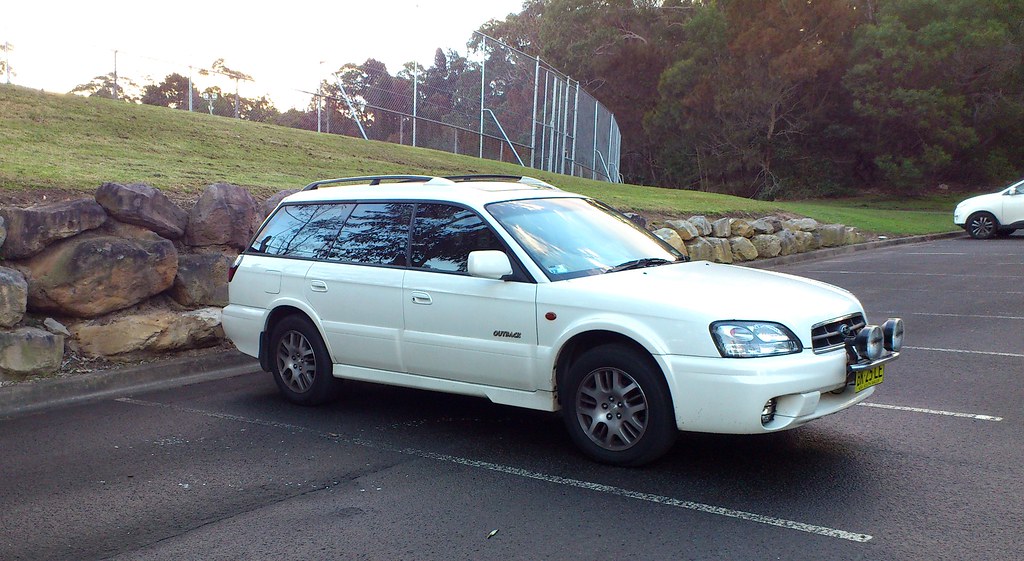
2. **Subaru Outback**
At first glance, the Subaru Outback might not immediately scream “safety powerhouse.” It carries the silhouette of a rugged station wagon, rather than the imposing, fortress-like profile of a traditional tank. However, once it enters a crash test facility, the Outback reveals its true nature as a steadfast protector. This versatile crossover has quietly, yet consistently, dominated crash safety assessments across nearly every metric, earning respect from both experts and families alike.
Its IIHS Top Safety Pick+ rating is a badge it has worn with immense pride over multiple model years, and that coveted rating doesn’t come easily. Vehicles must ace everything from the infamous small overlap front crash to side impact, roof crush, head restraint, and pedestrian impact tests. The Outback achieves all of this not just through brute design strength but with clever engineering and a comprehensive suite of safety-forward systems. It truly is a family vehicle, a road-tripper’s dream, and one of the safest options in the midsize segment all in one impressive package, offering peace of mind wherever the journey takes you.
The heart of the Outback’s crash success lies deep within its underlying structure—the Subaru Global Platform. Introduced as a modular architecture that underpins multiple models in the lineup, this platform significantly increases torsional rigidity compared to its predecessor. A more rigid frame means substantially better protection from cabin intrusion and more controlled, predictable energy dissipation during a crash. In small overlap front impacts, where just a corner of the vehicle hits an object like a tree or a pole, the Outback’s cabin structure remains almost entirely intact. The A-pillars hold their shape steadfastly, the steering column doesn’t collapse inward, and passenger dummies emerge with minimal injury readings, showcasing its robust design.
What further enhances the Outback’s widespread appeal is its robust suite of active safety technologies. Subaru’s EyeSight Driver Assist Technology is consistently ranked as one of the most well-regarded safety packages in the entire industry. It includes indispensable features such as adaptive cruise control, pre-collision braking, lane centering, and lane departure warning. During controlled crash scenarios, EyeSight’s forward collision mitigation system consistently reduces impact speeds or, even better, avoids collisions entirely, giving the Outback a distinct and invaluable advantage in preventing accidents before they happen. Additionally, the vehicle includes reverse automatic braking and blind-spot monitoring with rear cross-traffic alert—features that extend crash prevention capabilities beyond just frontal collisions. While many brands reserve such advanced features for their premium trims, Subaru includes EyeSight as standard on most Outback models, effectively democratizing safety for all its buyers.
The Outback’s stellar safety record is also validated by its strong performance in challenging winter and off-road conditions, thanks to its full-time symmetrical all-wheel drive system. While this doesn’t directly influence controlled crash test scores, it plays a major, often underappreciated, role in crash avoidance. In slippery or unpredictable driving environments, where many real-world crashes tragically occur, AWD provides greater stability and traction, allowing drivers to maintain control. Subaru complements this with X-Mode, a feature that helps the vehicle navigate steep inclines or declines safely. Combine these impressive capabilities with superior crash test outcomes, and the Outback truly emerges as a formidable protector on the road, making it a practical and reassuring choice for families, outdoor enthusiasts, or anyone who values peace of mind behind the wheel.
Read more about: Your Ultimate Single Car Solution: The Best Picks for Every Driver in 2025
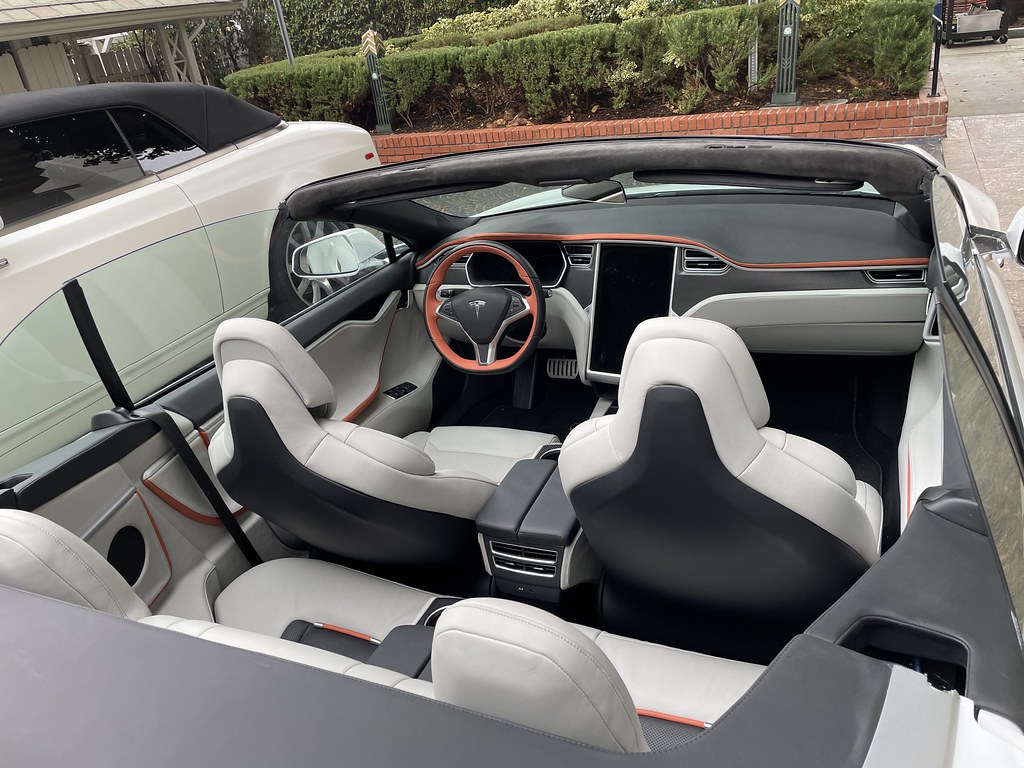
3. **Tesla Model 3**
Tesla’s Model 3 turned the entire auto industry upside down in more ways than one, beyond just its electric powertrain. Known primarily for its cutting-edge electric technology and futuristic software, the Model 3 also made significant waves for its stellar safety performance. When it first underwent rigorous crash testing by the NHTSA, it received an unprecedented five-star rating, not just overall, but in every single individual category and subcategory—an extremely rare and remarkable feat that few vehicles achieve. The IIHS also awarded it the coveted Top Safety Pick+ status, citing its excellent performance in frontal crashes, side impacts, roof strength, and head restraint tests.
What’s particularly notable is how Tesla managed to achieve this exceptional level of safety without relying on traditional gasoline-powered car layouts. The absence of a heavy internal combustion engine in the front allowed engineers to completely reimagine and optimize crumple zones and force dispersion, creating a more effective safety architecture. The Model 3 benefits significantly from its distinctive design around a central, floor-mounted battery pack. This strategic placement creates a naturally low center of gravity, which dramatically reduces the risk of rollovers. In fact, the NHTSA reported that the Model 3 had one of the lowest probabilities of rollover they’d ever recorded, highlighting a key advantage of its electric platform.
That same expansive battery pack also adds substantial rigidity to the vehicle’s structure, effectively reinforcing the chassis and helping to maintain the structural integrity of the cabin during collisions. During side-impact testing, the Model 3’s B-pillars and side frame structures held firm with impressive resilience, effectively protecting test dummies from dangerous intrusion. The frame’s deformation is minimal, and the car does an exceptional job of keeping critical occupant areas—like the legs, chest, and head—from absorbing severe impact forces, a testament to its robust design. Tesla’s Autopilot and advanced safety software systems are also a key part of the safety story, even if they’re technically separate from the physical crash structure. The Model 3 includes standard features like forward collision warning, automatic emergency braking, blind spot monitoring, and lane keeping assistance, providing proactive protection.
But more impressively, these sophisticated systems continuously improve over time through convenient over-the-air software updates. Tesla can analyze millions of real-world driving miles and apply that invaluable knowledge to refine how the car responds to potential threats and hazards on the road. In a sense, this innovative approach actually makes the Model 3 safer the longer you own it—a groundbreaking concept that traditional car manufacturers are only just beginning to explore. It’s not just a static safety package; it dynamically evolves and adapts, offering an ongoing commitment to driver and passenger protection. Lastly, Tesla’s obsessive attention to safety extends all the way to the software layer itself. For example, its seat belt pre-tensioners activate in anticipation of a crash, sometimes even before physical contact occurs, thanks to advanced radar and camera data. Its airbag deployment algorithms are meticulously tailored to individual crash types and occupant sizes, using Tesla’s machine learning systems to determine optimal timing and pressure. This precision makes a tangible and life-saving difference in crash survivability. The Model 3 is, at its core, a tech product, but it powerfully proves that innovation and safety are not mutually exclusive. Rather, they can be powerful allies, demonstrating that it’s not just one of the safest electric vehicles, but truly one of the safest cars, period.
Car Model Information: 2024 Volkswagen Tiguan 2.0T SE R-Line Black
Name: Tesla Model 3
Manufacturer: Tesla, Inc.
Production: 2017–present
Assembly: unbulleted list
Designer: Franz von Holzhausen
Class: Mid-size car
BodyStyle: Sedan (car)
Layout: unbulleted list
Related: Tesla Model Y
Motor: unbulleted list
Transmission: Single-speed fixed (9:1 ratio)
Battery: unbulleted list
ElectricRange: unbulleted list
Charging: unbulleted list
Wheelbase: cvt
Length: unbulleted list
Width: cvt
Height: unbulleted list
Weight: cvt
Caption: 2019 Tesla Model 3 Performance
Categories: 2020s cars, ANCAP large family cars, All-wheel-drive vehicles, All Wikipedia articles in need of updating, All Wikipedia articles written in American English
Summary: The Tesla Model 3 is a battery electric powered mid-size sedan with a fastback body style built by Tesla, Inc., introduced in 2017. The vehicle is marketed as being more affordable to more people than previous models made by Tesla. The Model 3 was the world’s top-selling plug-in electric car for three years, from 2018 to 2020, before the Tesla Model Y, a crossover SUV based on the Model 3 chassis, took the top spot. In June 2021, the Model 3 became the first electric car to pass global sales of 1 million.
A facelifted Model 3 with revamped interior and exterior styling was introduced in late 2023 for countries supplied by Gigafactory Shanghai and in early 2024 in North America and other countries supplied by the Tesla Fremont Factory.
Get more information about: Tesla Model 3
Buying a high-performing used car >>>
Brand: Tesla Model: Model 3
Price: $27,995 Mileage: 9,546 mi.
Read more about: Before You Buy: The 14 Essential Checks Your Mechanic Insists You Make on Any Used Convertible
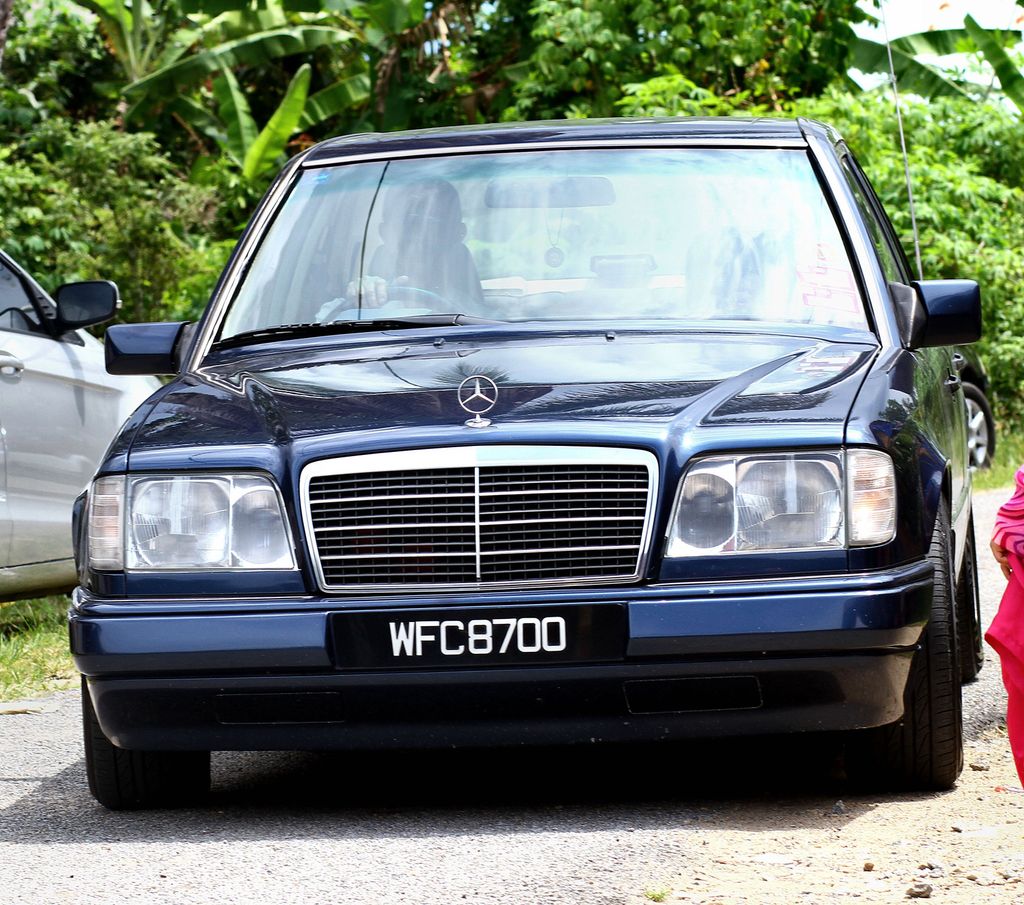
4. **Mercedes-Benz E-Class**
The Mercedes-Benz E-Class isn’t merely a symbol of German luxury and refined engineering—it’s also a leading showcase of advanced automotive safety, consistently demonstrating its prowess on the world stage. This midsize luxury sedan has been repeatedly recognized by global crash-testing agencies for its outstanding crashworthiness, firmly establishing it as one of the safest vehicles in its highly competitive class. Whether undergoing a brutal frontal collision test, a simulated side-impact, or a rigorous rollover assessment, the E-Class consistently demonstrates superior results, setting a high bar for occupant protection.
What truly sets the E-Class apart is the comprehensive, meticulously layered approach Mercedes-Benz takes to occupant protection. It doesn’t rely on just one or two standout features; instead, it seamlessly integrates dozens of safety elements, both passive and active, into a highly effective and harmonious system. From its sophisticated high-strength steel and aluminum hybrid structure to its pioneering PRE-SAFE® system that anticipates crashes and actively prepares the vehicle for impact, the E-Class consistently delivers world-class crash performance that lives up to, and even exceeds, the esteemed Mercedes reputation for engineering excellence. This holistic philosophy ensures every aspect of safety is considered.
The structural integrity of the E-Class is absolutely central to its safety prowess. Mercedes engineers employ a distinctive “crash cell” philosophy, where the passenger compartment is robustly encased in ultra-strong steel, while carefully designed crumple zones at the front and rear are engineered to absorb impact energy before it can reach the precious cabin. This intelligent division allows the vehicle structure to collapse in a controlled and predictable manner during a crash, effectively slowing down the transfer of violent forces and protecting occupants from sudden deceleration injuries. During IIHS testing, the E-Class excelled notably in the challenging small overlap front crash test—a trial known to severely challenge the A-pillar and footwell areas. The Mercedes performed impressively, showing minimal cabin intrusion and maintaining survivable conditions even in the worst simulated scenarios, a clear indicator of its superior structural design.
Another truly standout safety feature of the E-Class is its revolutionary PRE-SAFE® system, which goes far beyond passive safety measures to proactively mitigate collision risks. If an array of sophisticated sensors detect an imminent collision, the car automatically prepares for impact in a fraction of a second by tightening seatbelts, adjusting seat positions to optimal angles, closing windows, and even inflating side bolsters to brace and protect occupants’ torsos. In some advanced models, it even emits a unique sound to pre-condition your ears against the shockwave of a crash, potentially reducing hearing damage. Combine this comprehensive preparation with an impressive complement of nine airbags—including knee and rear side airbags—and a sophisticated driver assistance suite, and you’ve got a vehicle that can not only protect but also predict and respond to danger both before and after impact. It’s not just reacting to crashes; it’s intelligently planning for them.
The E-Class isn’t just a theoretical safety champion validated in controlled lab settings. Real-world accident reports frequently and powerfully validate its exceptional lab results, providing compelling evidence of its protective capabilities. The insurance claims related to medical injuries in E-Class collisions are notably lower than the segment average, a crucial real-world metric. Additionally, it boasts an impressive track record with European NCAP testing, consistently earning full five-star ratings and high scores in pedestrian safety and post-crash response, reflecting its comprehensive safety approach. In markets where discerning drivers are looking for both uncompromising luxury and invaluable peace of mind, the E-Class remarkably manages to offer both without compromise. It’s not just about status or opulence—it’s about smart, survivable design built on decades of unparalleled engineering excellence, truly making it a vehicle that inspires confidence.
Read more about: Before You Buy: The 14 Essential Checks Your Mechanic Insists You Make on Any Used Convertible
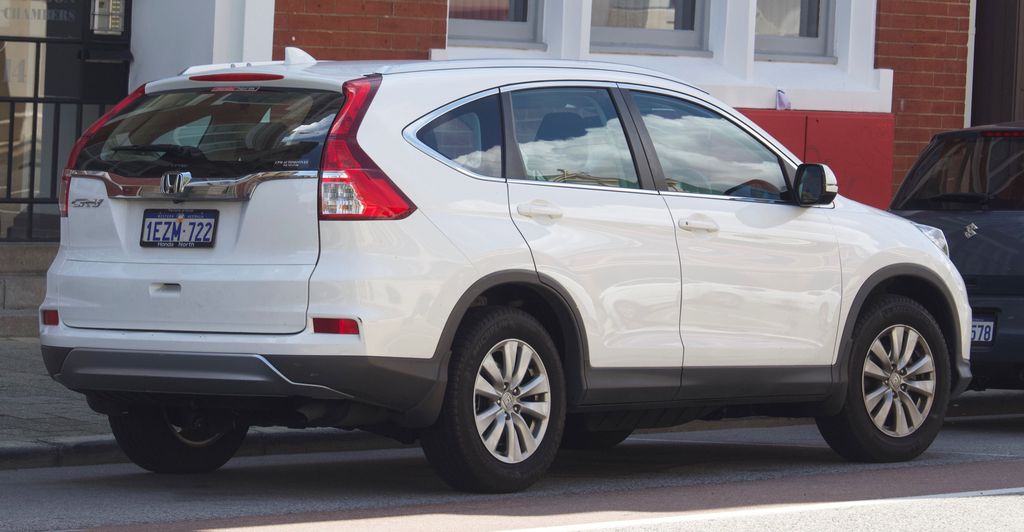
5. **Honda CR-V**
The Honda CR-V might not possess the inherent prestige of a high-end luxury brand or the electrifying allure of cutting-edge electric performance, but where it truly wins out is where it counts most: consistently high crash test performance and robust real-world protection for families, daily commuters, and adventurous souls alike. Year after year, the CR-V reliably earns coveted Top Safety Pick ratings and impressive 5-star scores from both the IIHS and NHTSA, solidifying its reputation as a dependably safe choice. It’s one of those standout vehicles that powerfully proves you don’t need to break the bank to drive a car meticulously engineered to protect its occupants.
With millions of units confidently navigating roads globally, Honda has had ample opportunity to fine-tune the CR-V’s body structure to respond predictably and protectively in every conceivable crash configuration tested. This extensive real-world exposure and continuous refinement have been invaluable. Honda’s proprietary ACE™ (Advanced Compatibility Engineering) body structure forms the bedrock of the CR-V’s impressive safety credentials. This innovative design effectively distributes crash energy evenly across the front of the vehicle, crucially preventing it from concentrating at any single point. This intelligent energy dispersion significantly improves performance in head-on collisions and substantially reduces the chances of dangerous cabin intrusion, keeping occupants safer.
The CR-V has also consistently shown strong results in the small overlap front crash, a notoriously difficult test for many SUVs due to their unique shape and higher center of gravity. During IIHS simulations, the CR-V’s front and side structures commendably absorbed the violent blow without allowing the crash forces to compromise critical footwells or door frames—a truly crucial result for protecting occupants’ legs and hips from severe injuries. This ability to maintain cabin integrity under extreme stress is a hallmark of superior engineering, ensuring that the passenger compartment remains a safe cell during impact, minimizing the risk of serious harm to those inside.
What further elevates the Honda CR-V in crash testing, making it a true leader in its class, is its generous and comprehensive list of standard safety technologies. The highly regarded Honda Sensing® suite, available on nearly every trim level, includes a range of critical features such as adaptive cruise control, lane keeping assist, a collision mitigation braking system, and road departure mitigation. These sophisticated systems don’t just serve as convenient driver aids; they play an absolutely critical role in real-world crash avoidance and significant damage reduction. For example, in frontal crash tests where emergency braking is simulated, the CR-V often manages to stop completely before impact, averting a collision altogether. This proactive safety approach is key to its overall effectiveness.
In addition to its impressive lab accolades, the CR-V benefits from something even more powerful and reassuring: its widespread global use. As one of the most popular SUVs in the entire world, we possess an enormous amount of extensive real-world crash data, which provides invaluable insights into its performance under authentic conditions. And that invaluable data consistently reinforces what the controlled tests suggest—consistently low injury rates, high survival outcomes, and exceptional reliability under the immense stress of a real-world collision. Many vehicles perform well in controlled tests, but the CR-V has definitively proven itself in countless real-life accidents, day in and day out. It doesn’t just pass crash tests; it effectively protects people, daily, across millions of miles. In that crucial sense, the Honda CR-V may very well be considered the unsung hero of automotive safety, quietly but consistently delivering on its promise to keep families safe.
Let’s dive into the harsh realities, where the outcomes weren’t so triumphant. In an era when most modern cars managed to score at least decent safety ratings, the Fiat Punto truly made waves for all the wrong reasons. In 2017, this once-popular compact car received a startling zero-star safety rating from Euro NCAP, making it the first vehicle in the organization’s history to achieve such a dubious distinction. It was a wake-up call that a familiar nameplate didn’t automatically equate to modern protection, highlighting how an outdated design, despite numerous cosmetic updates, had become dangerously out of touch with contemporary safety standards.
Car Model Information: 2017 Honda CR-V Touring
Name: Honda CR-V
Caption: 2023 Honda CR-V e:HEV
Manufacturer: Honda
Aka: Honda Breeze (China, 2019–present)
Production: 1995–present
Class: Compact crossover SUV
BodyStyle: Sport utility vehicle
Layout: Front-engine, front-wheel-drive layout,Front-engine, four-wheel-drive layout
Chassis: Unibody
Predecessor: Honda Crossroad
Successor: Honda ZR-V
Categories: 2000s cars, 2010s cars, 2020s cars, All-wheel-drive vehicles, All Wikipedia articles written in British English
Summary: The Honda CR-V (also sold as the Honda Breeze in China since 2019) is a compact crossover SUV manufactured by Japanese automaker Honda since 1995. Initial models of the CR-V were built using the same platform as the Civic.
Honda began producing the CR-V in Japan and United Kingdom, for worldwide markets, adding North American manufacturing sites in the United States and Mexico in 2007, and Canada in 2012. The CR-V is also produced in Wuhan for the Chinese market by Dongfeng Honda, and also marketed as the Breeze in China for the version produced at Guangzhou by Guangqi Honda.
Honda states that “CR-V” stands for “Comfortable Runabout Vehicle,” while the term “Compact Recreational Vehicle” was used in a British car review article that was republished by Honda, associating the model name with the Sports Utility Vehicle abbreviation of SU-V.
As of 2022, the CR-V is positioned between the smaller ZR-V (marketed as HR-V in North America) — with which the CR-V shares a platform — and the larger North American market Passport/Pilot or the Chinese market Avancier/UR-V. It is currently Honda’s best-selling vehicle in the world, and the second best-selling SUV globally in 2020.
Get more information about: Honda CR-V
Buying a high-performing used car >>>
Brand: Honda Model: CR-V
Price: $21,380 Mileage: 61,231 mi.
Read more about: Accident-Proof Rides: Unveiling 14 Cars Secretly Engineered to Transform Even the Most Terrible Drivers into Confident Road Warriors
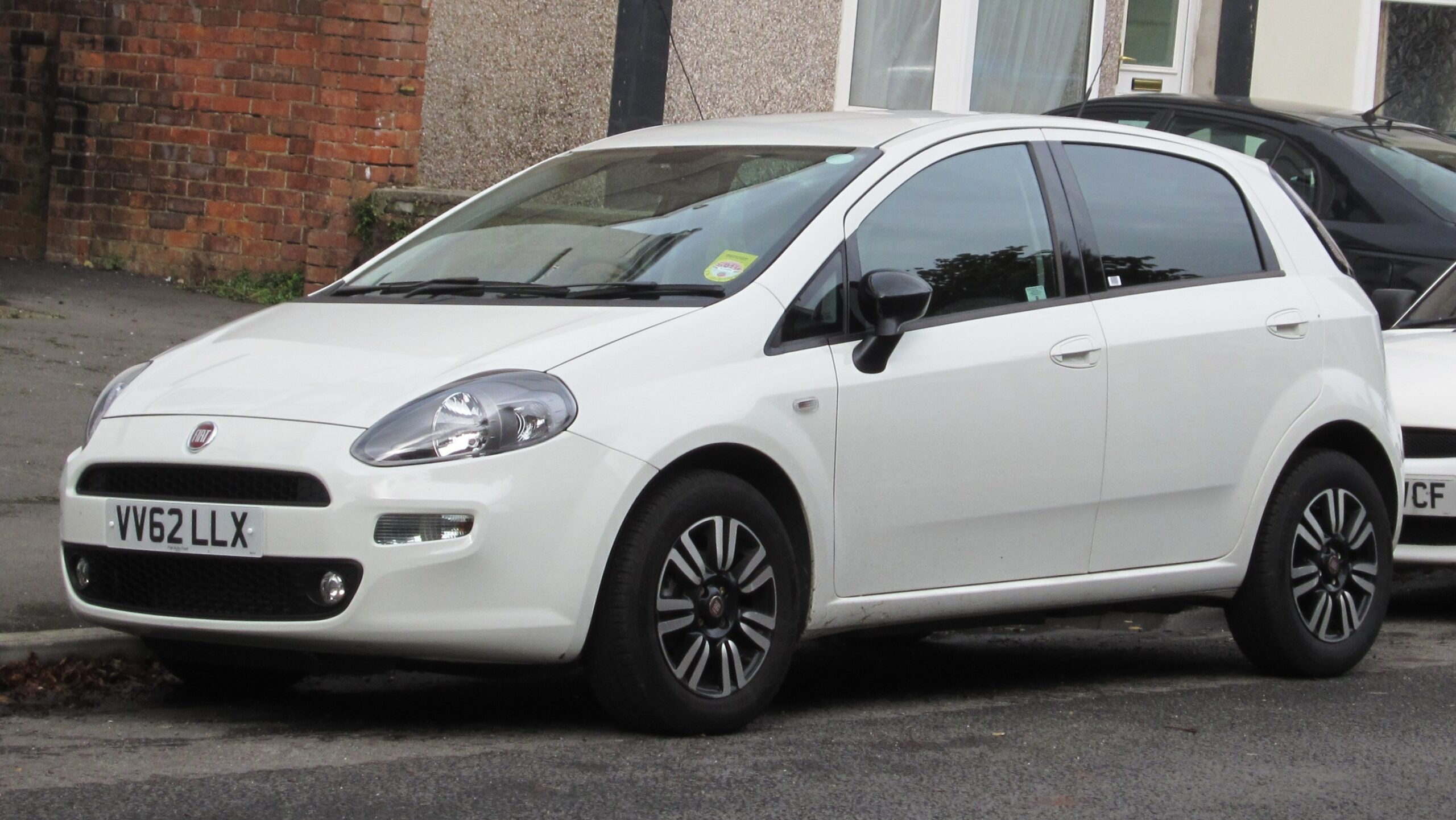
6. **Fiat Punto**
The Punto’s crash test failures were a comprehensive disaster, not just a minor misstep in one category. During the critical frontal offset crash test, the data from the dummies revealed shockingly poor protection for both the driver and front passenger, with particularly severe indications of chest and femur injuries. The car’s structure failed catastrophically, showing dangerous cabin intrusion. The dashboard and steering column transformed into serious injury risks, while in side-impact tests, the vehicle offered almost no resistance to torso and pelvic trauma. What’s more, the Punto alarmingly lacked essential passive safety features—forget autonomous emergency braking or lane assist; it only had basic airbags, a truly bare-bones approach that simply doesn’t cut it in today’s automotive landscape.
This spectacular failure of the Punto wasn’t just about one car; it starkly illuminated a broader, more troubling industry issue. It revealed how older car designs can persist in production far beyond their safety expiration dates, especially within the budget segments. Many manufacturers often prioritize superficial styling tweaks and infotainment upgrades while sidestepping crucial structural and safety improvements. This creates a dangerous gamble, often preying on consumer ignorance or exploiting regulatory loopholes, particularly perilous for buyers in emerging markets or those seeking affordable used vehicles. The Punto became a textbook example of a car maintained for too long without meaningful investment in safety, becoming a significant risk for families and young drivers who naturally gravitate toward smaller, more economical options.
The repercussions of the Punto’s zero-star rating were swift and severe. Fiat faced widespread criticism, and the model was quickly pulled from sale in numerous markets. The damage, however, was already done; its abysmal performance was forever etched into automotive history as a stark cautionary tale for both consumers and regulatory bodies. The car’s unfortunate legacy now serves as a chilling reminder that attractive aesthetics and decent driving dynamics can never be substitutes for fundamental, life-saving engineering. For countless individuals who purchased the car, trusting in a recognizable brand, the sobering realization of its true safety deficits arrived tragically late. The Fiat Punto’s crash test results stand as one of the most infamous and genuinely disappointing chapters in recent automotive history.
Read more about: From Chrome Karts to Custom Monsters: 14 Wild Rides of the Rich and Famous That’ll Make You Say ‘Wait, What?!’
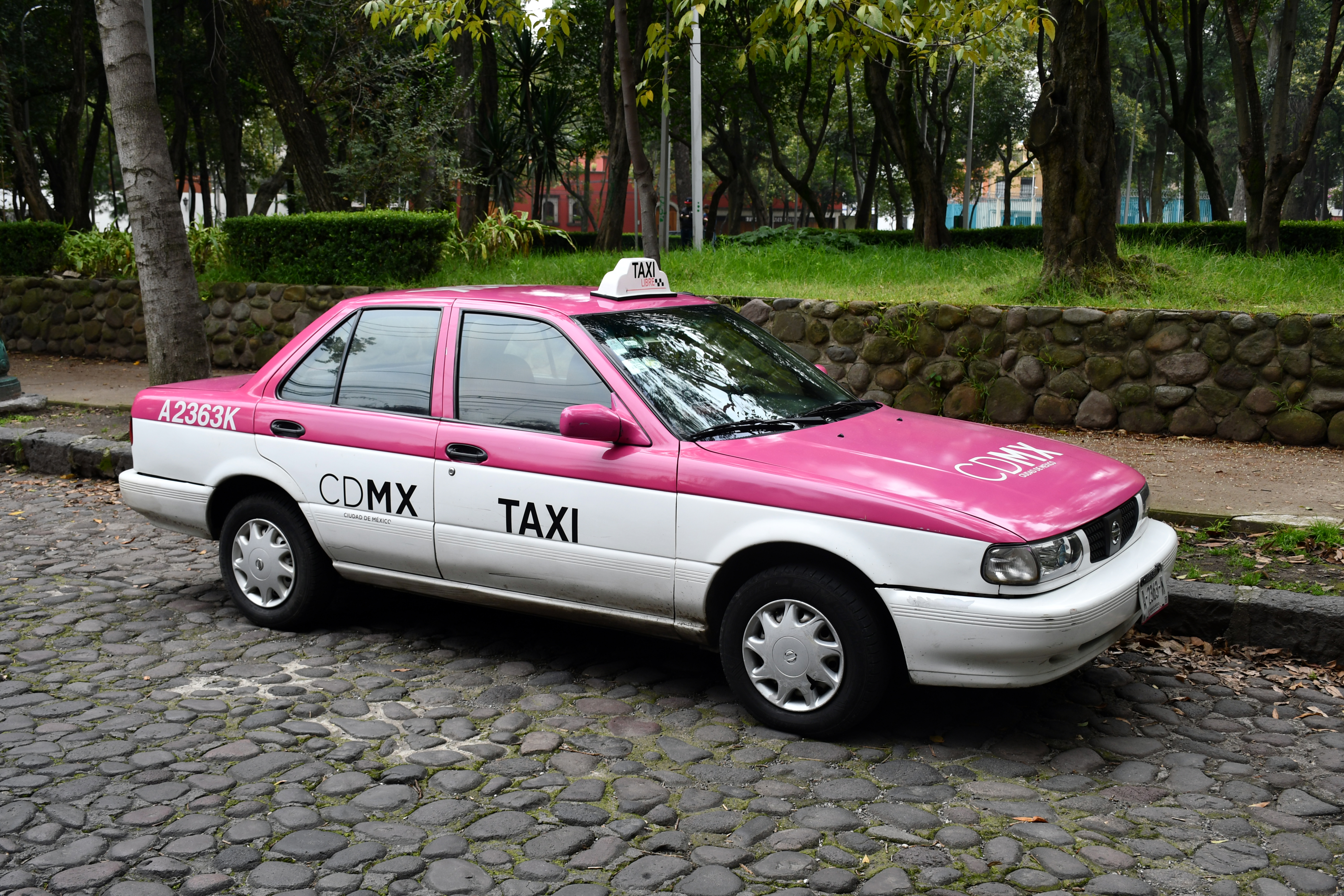
7. **Nissan Tsuru**
Next, we turn to the Nissan Tsuru, a vehicle whose story is perhaps one of the most sobering examples of how catastrophically dangerous a car can be when it’s sold for decades with virtually no regard for modern safety. Primarily a staple in Mexico and parts of Latin America, the Tsuru was a popular choice for its undeniable affordability, straightforward mechanics, and incredibly low running costs. Yet, what many buyers unknowingly signed up for was a car utterly devoid of basic safety provisions: zero airbags, no ABS, and alarmingly minimal structural crash protection. This wasn’t just a budget car; it was a rolling hazard, actively putting lives at risk on the road.
The Tsuru’s dangerous design was laid bare in a dramatic and now-infamous crash test conducted by Latin NCAP. In a head-on collision orchestrated at 40 mph, a Tsuru was slammed into a modern Nissan Versa. The test wasn’t just an evaluation; it was a powerful public awareness campaign designed to expose the shocking disparity in safety standards between vehicles sold in developed nations and those marketed in developing economies. The Tsuru became the undisputed, tragic poster child of this deeply entrenched systemic problem. Its complete lack of occupant protection—no side impact beams, no structural reinforcements, and certainly no frontal airbags—meant that any significant impact was almost guaranteed to result in catastrophic injuries or fatalities for its occupants.
The contrast between the Tsuru and the contemporary Versa in the impact was nothing short of brutal. While the Versa meticulously protected its test dummy within a largely intact cabin, deploying its airbags precisely as designed, the Tsuru quite literally imploded. This stark visual demonstration unequivocally proved that the Tsuru was simply never engineered to withstand the forces of a modern collision. Despite these glaring dangers and the overwhelming evidence of its unsafety, the Tsuru remarkably remained on sale for decades with only the most superficial changes. Its rock-bottom price point made it an unavoidable choice for budget-constrained fleet operators, taxi services, and low-income families, creating a profound ethical dilemma for Nissan and regulatory bodies alike.
Was it truly acceptable to continue selling a demonstrably unsafe car simply because it was cheap and popular? The global public outcry following the Latin NCAP crash test finally forced the issue into the unforgiving spotlight. This immense pressure eventually led Nissan to announce, in 2017, that it would at long last cease production of the Tsuru. However, by that time, an estimated two million units had already been sold, with countless still traversing roads, leaving their occupants frighteningly vulnerable in everyday traffic. The Tsuru’s crash test failure transcended a mere bad score; it became a chilling humanitarian red flag, unmasking how automotive safety can tragically be relegated to a luxury rather than an indispensable right in poorly regulated markets. Its harrowing legacy has spurred increased advocacy for harmonized global safety standards, loudly declaring that no car, regardless of its cost, should ever compromise basic human survivability.
Read more about: Your Ultimate Single Car Solution: The Best Picks for Every Driver in 2025
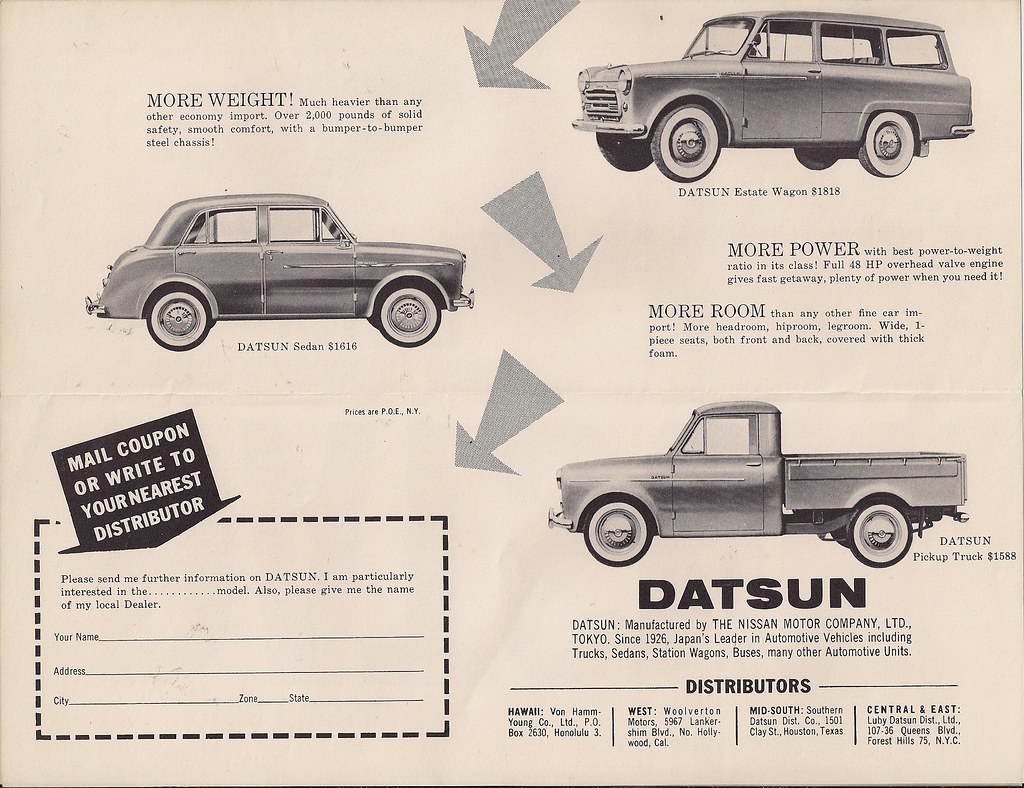
8. **Datsun GO**
The Datsun GO was initially envisioned as the triumphant rebirth of affordable motoring, particularly targeting developing markets where cost is king. However, its actual debut brought with it a tragic, unsettling echo of outdated safety practices. When subjected to crash testing by Global NCAP, the Datsun GO earned a dismal zero-star rating, and the reasons were horrifying. Its structural integrity was so compromised that it catastrophically collapsed in a relatively moderate 64 km/h frontal impact. The testing agency’s blunt assessment was particularly shocking: even equipping the vehicle with airbags would have been “pointless.” This damning statement sent shockwaves through the automotive industry, unequivocally demonstrating how profoundly poor structural engineering can render even the most fundamental passive safety features utterly useless.
The GO’s body shell displayed signs of complete and utter instability during the crash tests, particularly noticeable around the vital A-pillars, the dashboard, and the footwell areas. In the brutal collision, the dashboard aggressively intruded into the passenger cabin, forcing the steering column perilously against the chest of the test dummy. Injuries to the legs and feet were deemed not just likely, but inevitable, and the prospect of surviving such an impact at higher speeds was virtually nonexistent. Adding to this catalog of failures was the complete absence of crucial safety electronics, such as ABS or traction control. This stripped-down, bare-bones approach, aggressively marketed as “simplicity” and “affordability,” came at an unacceptably enormous and direct risk to human life.
The disturbing crash test video of the GO went viral for all the worst reasons, showcasing a vehicle that crumpled with horrifying ease, much like an empty soda can, leaving its occupants almost entirely unprotected. Datsun’s defense at the time hinged primarily on cost constraints, arguing that buyers in developing markets simply couldn’t afford better safety. This argument, predictably, was met with fierce and justifiable criticism. Several competing models, positioned within similar price brackets, had demonstrably managed to achieve far safer structures and higher crash test ratings. This stark contrast powerfully proved that it wasn’t the price point itself that doomed the GO’s safety; it was a profound and unforgivable neglect of fundamental engineering principles.
The Datsun GO rapidly became a grim symbol of everything that is fundamentally wrong with prioritizing an absolute rock-bottom price over basic human safety. Governments worldwide were pressured to enact significantly stricter safety legislation, and Global NCAP intensified its advocacy for universal minimum crashworthiness standards across all regions. The overwhelming public backlash surrounding the GO eventually compelled Datsun to implement some design revisions and offer optional safety packages, but the damage to the brand’s reputation was irreparable. The car was ultimately discontinued in several markets within just a few years, forever unable to shake off its unfortunate identity as a “death trap on wheels.” The GO’s spectacular failure wasn’t merely a poor test result; it was a resounding, crystal-clear message broadcast globally to automakers: customers deserve better, and cutting corners on safety can obliterate brand credibility overnight.
Read more about: Paul Newman’s Hidden Drive: Unpacking the Hollywood Icon’s Illustrious Racing Career and Unbroken Records on the Track

9. **Chevrolet Spark (India-spec)**
The Chevrolet Spark, a model globally recognized, presents another deeply troubling case study where a brand failed to deliver consistent safety across different international markets. In Western countries, the Spark generally performed reasonably well in crash tests, often achieving acceptable scores thanks to specific structural enhancements and standard airbag provisions. However, the version of the Spark sold in India, which was independently tested by Global NCAP, painted a drastically different and far more concerning picture. When put through a 64 km/h frontal offset crash test, the India-spec Spark earned a truly dismal zero-star rating for adult occupant protection, with the resulting data proving profoundly disturbing.
The core issue identified was an unstable body structure. Shockingly, the seatbelts failed to adequately restrain the test dummies, and the complete absence of airbags made the likelihood of survival in a real-world accident extremely slim, if not impossible. The physical collapse of the vehicle during the crash test was dramatic; the A-pillars buckled under pressure, and the dashboard was brutally shoved into the passenger space. The chest impact values recorded were alarmingly high, well exceeding fatal thresholds. Furthermore, for any rear passengers, the absence of seatbelt pre-tensioners and the subpar anchorage systems dramatically escalated the risk of severe injury, revealing a comprehensive failure in basic occupant protection across the board.
This stark and alarming contrast between the Western and Indian variants of the Spark shone a harsh light on an inconvenient truth: vehicle safety is often not a global, harmonized standard. Manufacturers frequently strip down crucial features, encompassing both structural reinforcements and electronic safety systems, to meet aggressive price points in cost-sensitive regions. These omissions were far from cosmetic; they directly and fundamentally compromised how the vehicle performed under violent collision forces. The misleading advertising, which often pitched the Spark as a “safe city car” to vulnerable demographics like young drivers and small families, compounded the problem. Consumers, often operating under the assumption that a vehicle sold under a recognizable global badge comes with at least a baseline level of safety, were tragically deceived.
The Spark’s dismal performance served as a powerful illustration of how manufacturers can skillfully manipulate public perception while simultaneously minimizing essential engineering investment in safety. The ensuing public backlash was fierce, particularly in regions where awareness around vehicle safety was rapidly increasing, driven by impactful campaigns from organizations like Global NCAP. While Chevrolet initially defended its decisions based on market pricing and demand, the brand’s credibility took a severe hit, especially as other automakers began to successfully raise the safety bar in similarly priced market segments. Ultimately, General Motors significantly scaled back, and eventually wound down, Chevrolet’s passenger vehicle operations in India, citing various financial reasons—but the pervasive safety criticism undeniably played a significant and catalytic role. The Spark’s catastrophic failure in crash testing cemented its status as a grim symbol of everything wrong with the unacceptable practice of maintaining dual safety standards across global auto markets.
Car Model Information: 2018 Chevrolet Camaro 1LS
Name: Chevrolet Spark
Manufacturer: unbulleted list
Production: 1998–2022
Class: City car
BodyStyle: hatchback
Layout: Front-engine, front-wheel-drive layout
Predecessor: Daewoo Tico
Categories: 2000s cars, 2010s cars, 2020s cars, All articles containing potentially dated statements, All articles with unsourced statements
Summary: The Chevrolet Spark (Korean: 쉐보레 스파크) is a city car manufactured by General Motors’s subsidiary GM Korea from 1998 to 2022. The vehicle was developed by Daewoo and introduced in 1998 as the Daewoo Matiz (Korean: 대우 마티즈). In 2002, General Motors purchased Daewoo Motors, which was marketing the vehicle with several GM marques and nameplates.
The third generation was marketed globally, prominently under the Chevrolet brand in North America as the Chevrolet Spark and in Australia and New Zealand as the Holden Barina Spark. The fourth generation was launched in 2015, known as the Holden Spark in Australia and New Zealand. It also serves as the basis for the Opel Karl in Europe, Vauxhall Viva in the UK, and VinFast Fadil in Vietnam, the latter being manufactured under license.
A limited-production all-electric version, the Chevrolet Spark EV, was released in the U.S. in selected markets in California and Oregon in June 2013. The Spark EV was the first all-electric passenger car marketed by General Motors since the EV1 was discontinued in 1999, and also the first offered for retail sale by GM (the EV1 was available only on lease).
In the South Korean market, the Spark complies with South Korean “light car” (Korean: 경차, romanized: Gyeongcha) regulations, which regulate overall vehicle dimensions and engine capacity with tax and parking fee benefits.
Production of the Spark at the Changwon, South Korea assembly plant ended in 2022. The plant would instead produce the second-generation Trax.
Get more information about: Chevrolet Spark
Buying a high-performing used car >>>
Brand: Chevrolet Model: Spark
Price: $18,785 Mileage: 69,196 mi.

10. **Jeep Wrangler (2018 EU Model)**
Few vehicles command as much instant recognition and affection as the Jeep Wrangler. Its iconic silhouette immediately conjures images of rugged off-road adventures, exhilarating open-air freedom, and a distinctly American spirit. However, when the highly anticipated redesigned 2018 Jeep Wrangler underwent Euro NCAP’s notoriously rigorous testing protocols, it delivered one of the most utterly shocking performances from a major automaker in recent memory. The Wrangler earned a truly dismal 1-star safety rating, an outcome almost unfathomable for a modern SUV from a prominent global brand. These results not only severely tarnished the vehicle’s long-standing reputation but also raised profound and deeply unsettling questions about FCA’s (now Stellantis’s) true priorities when engineering this next-generation iteration of their beloved off-roader.
The root of the problem was unequivocally structural instability, a fundamental flaw that compromises everything else. In the crucial frontal offset crash test, the Wrangler’s A-pillar—the primary vertical support structure on either side of the windshield, which is absolutely vital for maintaining cabin integrity—disturbingly bent backward. This was a catastrophic result, powerfully indicative of major underlying design deficiencies. The steering column intruded far too deeply into the driver’s chest space, the test dummy’s knees made forceful and dangerous contact with hard interior structures, and the footwell area experienced severe compromise. To compound these issues, the seatbelt pre-tensioners and airbags simply failed to provide adequate protection, proving ineffective in mitigating the violent forces experienced by the occupants during the simulated impact. While side-impact protection was deemed somewhat more acceptable, the comprehensive failure in the frontal crash alone was sufficient to drag down the overall rating into abysmal territory.
The pronounced instability of the cabin in such a vital test prompted Euro NCAP to issue unusually pointed and severe criticism. Their assessment strongly suggested that FCA had regrettably prioritized distinctive styling and unparalleled off-road capabilities over the absolutely non-negotiable imperative of fundamental crash survivability. What made the Wrangler’s performance even more egregious was its glaring absence of several standard advanced driver assistance systems (ADAS) that many competitors were already including as baseline features. The European-spec Wrangler notably lacked autonomous emergency braking (AEB) and lane-keeping assist, offering only basic cruise control. In an automotive era where even entry-level economy cars frequently incorporate these life-saving technologies, the Wrangler’s omissions were not just conspicuous; they were indefensible, revealing a profound disconnect with modern safety expectations.
Safety in a modern vehicle isn’t merely defined by what happens during the few milliseconds of a crash; it is equally, if not more, about what the vehicle actively does to prevent that collision from occurring in the first place. On both critical fronts—crash protection and crash prevention—the Jeep Wrangler unfortunately fell short. Critics widely questioned how such a popular and globally recognized vehicle could be brought to market in its European iteration with such glaring safety deficiencies, indicating a puzzling lapse in design and engineering oversight. The Wrangler’s single-star rating served as a harsh reminder that heritage and iconic status cannot, and should not, exempt any vehicle from the foundational requirement of protecting its occupants. It underscored the critical responsibility manufacturers bear to ensure that every vehicle, regardless of its intended use or segment, meets rigorous and evolving safety standards.
Car Model Information: 2015 Jeep Wrangler Sahara
Name: Jeep Wrangler
Caption: Jeep Wrangler Unlimited, Sahara edition
Manufacturer: Jeep
Class: Compact SUV
Production: 1986–present
Predecessor: Jeep CJ
Layout: Front-engine, rear-wheel-drive layout,rear-wheel drive
Chassis: Body-on-frame
Related: AIL Storm
Categories: 1980s cars, 1990s cars, 2000s cars, 2010s cars, All-wheel-drive vehicles
Summary: The Jeep Wrangler is a series of compact and mid-size four-wheel drive off-road SUVs manufactured by Jeep since 1986, and currently in its fourth generation. The Wrangler JL, the most recent generation, was unveiled in late 2017 and is produced at Jeep’s Toledo Complex.
The Wrangler is a direct progression from the World War II Jeep, through the CJ (Civilian Jeeps) produced by Willys, Kaiser-Jeep, and American Motors Corporation (AMC) from the mid-1940s through the 1980s. Although neither AMC nor Chrysler (after it purchased AMC in 1987) have claimed that the Wrangler was a direct descendant of the original military model — both the CJ Jeeps and the conceptually consistent Wrangler, with their solid axles and open top, have been called the Jeep model as central to Jeep’s brand identity as the rear-engine 911 is to Porsche.
Similar to the Willys MB and the CJ Jeeps before it, all Wrangler models continue to use a separate body and frame, rigid live axles both front and rear, a tapering nose design with flared fenders, a fold-flat windshield, and can be driven without doors. Also, with few exceptions, they have part-time four-wheel drive systems, with the choice of high and low gearing, and standard open bodies with removable hard or soft tops. However, the Wrangler series was specifically redesigned to be safer and more comfortable on-road, to attract more daily drivers, by upgrading its suspension, drivetrain, and interior, compared to the CJ line. The suspension on all Wranglers included trackbars and anti-roll bars, and, from the 1997 TJ onwards, front and rear coil springs instead of the previous leaf springs.
From 2004 onward, the Wrangler has been complemented with long-wheelbase versions, called Wrangler Unlimited. 2004-2006 models were longer versions with 2 doors. In 2004, only automatic transmission-equipped “Unlimited” versions were sold. In 2005, both an automatic and manual 6-speed (NSG-370) were offered. Since 2007, the long-wheelbase Wranglers were four-door models, offering over 20 in (508 mm) more room. By mid-2017, the four-door models represented three-quarters of all new Wranglers on the market.
Get more information about: Jeep Wrangler
Buying a high-performing used car >>>
Brand: Jeep Model: Wrangler
Price: $10,550 Mileage: 157,089 mi.
Read more about: Buyer Beware: 15 Popular Cars That Seriously Disappointed Owners, According to Driver Regrets and Reliability Data
As we wrap up our journey through the genuinely triumphant and the truly disappointing landscapes of automotive crash testing, one truth remains unequivocally clear: these rigorous evaluations are not just bureaucratic hurdles; they are life-saving crucibles. The engineers, who pour their passion and intellect into designing safer vehicles, experience genuine emotion when their creations either excel or tragically fail. Whether celebrating groundbreaking innovations that shield us from harm or mourning the critical design flaws that put lives at risk, crash tests compel the industry forward. They remind us that behind every shiny new model, there’s a vital story of engineering integrity, consumer advocacy, and the relentless pursuit of making our daily commutes and grand adventures as safe as humanly possible. So, the next time you buckle up, remember the unsung heroes and the hard lessons learned in the world of crash testing—because every rating, every crumple, and every airbag deployment is ultimately about protecting you and your loved ones on the road.

